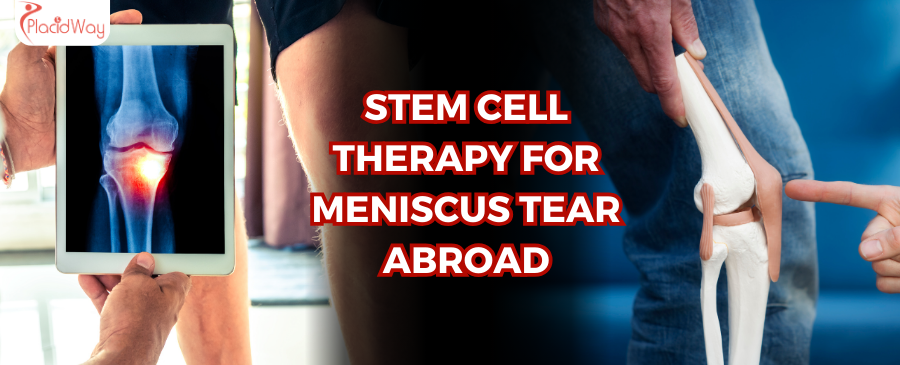
Table of Content
Stem cell therapy for a meniscus tear involves the use of stem cells to promote healing and regeneration of the damaged meniscal tissue in the knee. This innovative treatment aims to reduce pain, improve mobility, and potentially delay or avoid the need for more invasive procedures like knee replacement.
| Type | Description | Availability |
|---|---|---|
| Autologous Stem Cell Therapy | Uses stem cells derived from the patient's own body | Widely available |
| Allogeneic Stem Cell Therapy | Uses stem cells sourced from a donor | Limited availability |
| Induced Pluripotent Stem Cells (iPSCs) | Lab-engineered stem cells to mimic embryonic properties | Experimental stages |
The procedure for stem cell therapy to treat a meniscus tear generally includes the following steps:
Stem Cell Extraction: Stem cells are collected from the patient’s bone marrow (typically from the hip) or adipose (fat) tissue. This minimally invasive extraction is performed using a needle aspiration technique.
Processing and Concentration: The extracted stem cells are processed in a lab to isolate and concentrate the regenerative cells. This concentration step enhances their healing potential, making them more effective in promoting tissue repair within the knee joint.
Injection into the Knee Joint: The concentrated stem cells are injected directly into the knee joint, specifically targeting the area of the meniscus tear. Ultrasound or other imaging guidance is often used to ensure precise placement of the cells within the affected area.
Healing and Regeneration: Once injected, the stem cells work to reduce inflammation, stimulate tissue repair, and promote the regeneration of damaged meniscal tissue. This process aims to enhance knee stability, reduce pain, and improve function.
Follow-Up and Monitoring: Patients typically undergo follow-up appointments to track recovery progress and assess improvements in knee function and pain relief. Physical therapy may also be recommended to support healing and restore mobility.
This minimally invasive procedure, often performed under local anesthesia, requires little downtime compared to surgical alternatives. Depending on the severity of the tear, some patients may benefit from multiple sessions for optimal results.
| Country | Cost |
|---|---|
| Mexico | $4,000 |
| Turkey | $5,000 |
| Thailand | $4,500 |
| Colombia | $3,500 |
| India | $3,000 |
| Austria | $7,000 |
| USA | $10,000 |
| UK | $9,000 |
Find Prices for Stem Cell Therapy Near You
Stem cell therapy costs can vary significantly depending on the country and clinic, but on average, it can range from $3,000 to $10,000 without insurance.
While stem cell therapy shows promise, it is not universally approved for meniscus tears and is considered experimental in many countries.
Recovery times can vary, but typically, patients can return to normal activities within a few weeks, with full benefits realized within a few months.
Yes, alternatives include physical therapy, corticosteroid injections, and surgical interventions such as meniscectomy or meniscus repair.
While stem cell therapy can aid in the healing process and reduce symptoms, it does not guarantee a complete heal and results can vary.
Explore the revolutionary benefits of stem cell therapy for your meniscus tear. With advanced techniques and experienced specialists, undergoing treatment abroad can be both cost-effective and highly effective. Don't let knee pain hold you back—discover how stem cell therapy can help you reclaim your mobility and quality of life.
Stem Cell Therapy Abroad